Before I start in on native plants I have a couple of extra items from the last “veggie gardening” blog. Do you prune your tomatoes? I don’t have any in the Westwood garden but 4 on my balcony. My brother, who never grew anything but tomatoes at my Mom’s house in Pleasantview, showed me how to trim the leaves at the bottom to increase airflow which prevents disease & trim the suckers in the crotch of the stem & branches so the energy could go to producing more tomatoes. In August I also prune some of the branches that don’t bear fruit so that more sun gets on the tomatoes & they ripen faster. I don’t think the tomato gardeners at Westwood are pruning theirs but they all seem to have a ton of them, so I may have been doing it for nothing. If you want to learn how to prune yours here is a link with all the info.
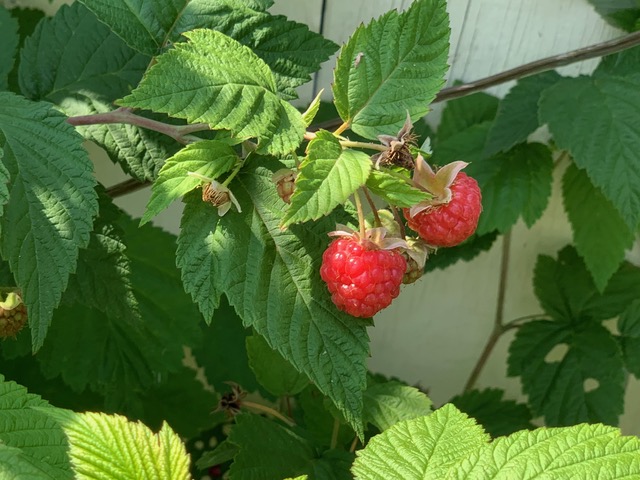
The Westwood raspberries are on their last legs now so if you want any now is the time to pick them.
Note from the Westwood web gardener: due to summer comings and goings this blog is being published a little later than anticipated. Please don’t be too disappointed if the raspberries are done for this year but do enjoy any that remain.
I was going to do this blog on native plants – the why’s and how’s – as I’ve been adding them this spring, as well as identifying ones that were already in the garden. When I opened safari a few days ago to my CBC home page there was an article doing exactly that. So here it is.
Another great source is the Network of Nature.
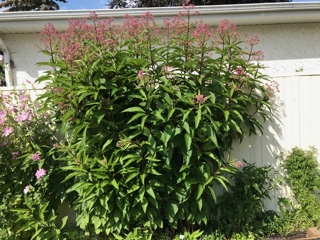
First, we had some native plants already in the garden, Joe-pye or Eupatorium maculatum (pictured here), Iceland poppies or Papaver nudicaule, Blue flax or Linum lewisii. Forget-me-nots or Myosotis sylvatica & Anise Hyssop or Agastache foeniculum. I’m pretty sure these are native but am checking with the native Plant Society of Alberta to ensure they aren’t a hybrid or cultivar.
I also put in a Long Headed Anemone, two Rosy Pussytoes that aren’t thriving so I may have to move them to a sunnier location, three Showy Milkweed, four Silver Buckwheat, a White Geranium, a Moss Campion, a couple of Bunchberry or Cornus canadensis in the front garden, Tall Lungwort, the only one that thrives in full shade & is toward the back in the front garden, Northern Bedstraw, Canada Maylily, Northern Dewberry, a trailing plant that is starting to climb the fence on the west side,Canada Violet & three Woodland Strawberry that are spreading like wildfire beside the porch.
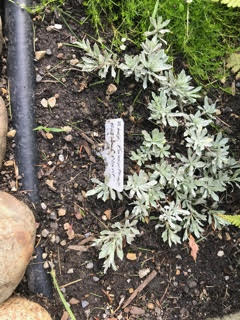
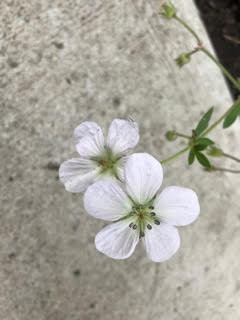
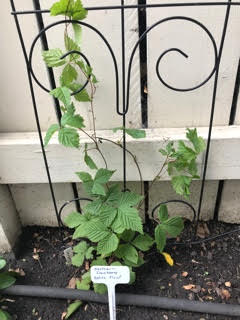
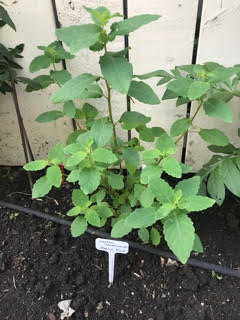
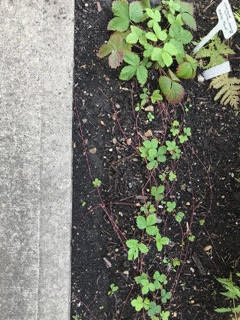
I also put in a Woods Rose but it developed powdery mildew. I’m treating it with Neem oil & I think it is working. Fingers crossed.
All the native plants are identified with white markers with their common name on the front & I’m trying to get their latin names on the back of the markers but haven’t done them all yet.
Next time I’ll blog about native plants & pollinators. Spoiler Alert! Dandelions aren’t good for our native bees.

